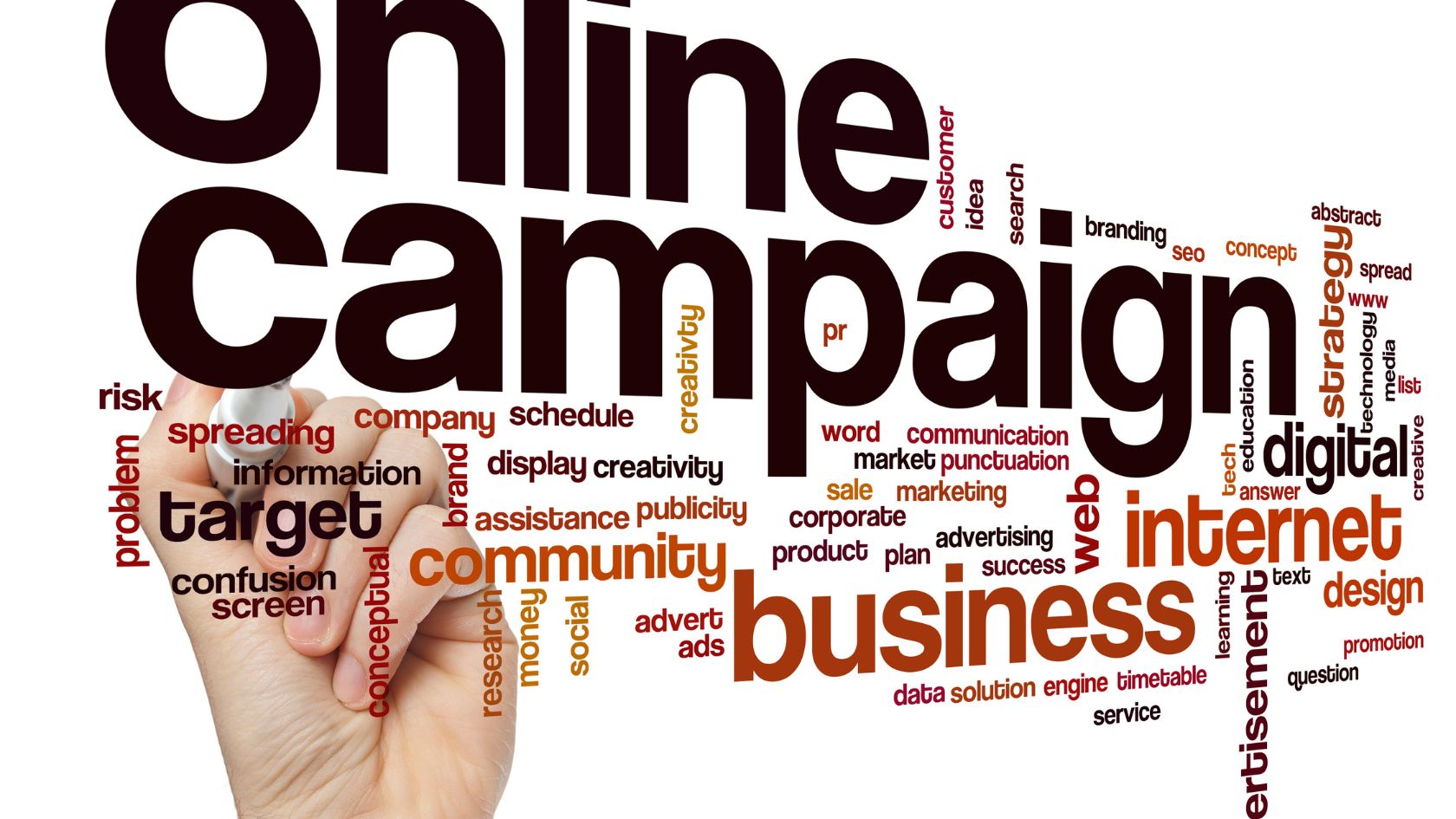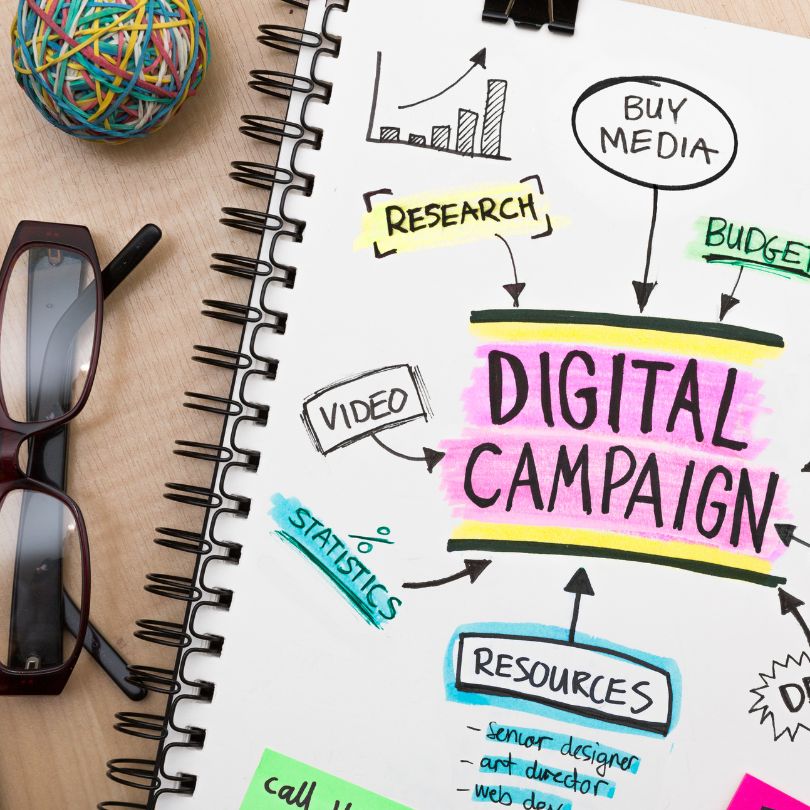
Engage Your Audience All Year with Effective Seasonal Campaigns

Seasonal marketing campaigns transform your brand’s messaging and offerings to align with specific times of the year, holidays, and cultural events. These strategic promotional efforts create meaningful connections with your audience while driving sales through timely, relevant content.
Your success in seasonal marketing hinges on audience engagement – the active participation and interaction of your customers with your brand’s campaign elements. When you craft campaigns that resonate with your audience’s current interests and needs, you build stronger relationships and increase the likelihood of conversions.
Time-sensitive promotions serve as powerful tools in your seasonal marketing arsenal:
- Create a sense of urgency with limited-time offers
- Tap into your audience’s fear of missing out (FOMO)
- Drive quick decision-making and immediate actions
- Boost sales during specific seasonal windows
Consider these campaign benefits:
- Higher conversion rates during peak seasons
- Increased brand visibility and recognition
- Enhanced customer loyalty through relevant engagement
- Improved competitive advantage in your market
By incorporating seasonal elements into your marketing strategy, such as offering hottest dropship products that align with the season, you position your brand to capitalize on natural buying cycles and consumer behavior patterns throughout the year. Your campaigns become more than just promotional efforts – they transform into opportunities to create memorable experiences that resonate with your target audience.
Key Elements of Effective Seasonal Marketing Campaigns
Successful seasonal campaigns hinge on several critical components that work together to create compelling, time-sensitive promotions. Let’s explore these essential elements that drive campaign success.
1. Seasonal Brand Adaptation
Adjust your brand’s visual identity and messaging to align with the current season. This includes:
- Adjusting color schemes to reflect seasonal moods
- Updating visual elements across marketing channels
- Modifying messaging tone to match seasonal sentiment
- Incorporating seasonal imagery in promotional materials
2. Strategic Holiday Integration
Identify key holidays and events that are relevant to your business and target audience. These could include:
- Major holidays such as Christmas, Halloween, and Valentine’s Day
- Cultural celebrations that are significant in your market
- Industry-specific events that impact your business
- Local community occasions that resonate with your customers
3. Urgency-Driving Techniques
Encourage immediate action from potential customers by implementing strategies that create a sense of urgency. Some effective techniques include:
- Using countdown timers for limited-time deals
- Running flash sales during peak seasonal moments
- Offering early-bird specials for holiday shoppers
- Promoting last-chance offers before the end of the season
4. Audience Segmentation Strategies
Tailor your seasonal marketing efforts to specific segments of your audience. This can be achieved through:
- Analyzing purchase history data to understand customer preferences
- Creating promotions based on demographic factors such as age, gender, or income level
- Targeting specific geographic locations with localized offers
- Recognizing and catering to different behavioral patterns exhibited by your customers
5. Enhanced Customer Experience
Delight your customers during the seasonal period by providing them with unique experiences. Consider implementing the following strategies:
- Curating gift guides featuring popular products or personalized recommendations
- Creating special product bundles that offer discounts or exclusive items
- Designing festive packaging for orders to enhance the unboxing experience
- Extending customer support hours during busy shopping times to assist with inquiries or issues
6. Digital Marketing Optimization
Optimize your digital marketing efforts specifically for the holiday season. This includes:
- Crafting targeted email marketing sequences promoting seasonal offers
- Planning social media content calendars around key holidays and events
- Utilizing platform-specific seasonal hashtags to increase visibility and engagement
- Creating holiday-themed landing pages on your website to drive conversions
These elements require careful coordination and timing. A summer beach promotion launched in early spring can build anticipation, while holiday gift guides released too late miss crucial shopping windows. Your seasonal marketing elements should work in harmony, creating a cohesive experience that guides customers through their seasonal shopping journey.
Benefits of Embracing Seasonal Marketing Strategies
Seasonal marketing strategies unlock powerful revenue-generating opportunities throughout the year. By aligning your promotional efforts with natural consumer spending patterns, you’ll tap into predictable peaks while maintaining steady sales during traditionally slower periods.
Revenue Maximization
- Capitalize on high-demand seasons when customers are actively seeking specific products
- Create targeted promotions during slower periods to stimulate sales
- Design bundled offerings that combine seasonal and year-round products
Enhanced Brand Visibility
- Stand out from competitors by creating unique seasonal experiences
- Build emotional connections through holiday-specific messaging
- Generate buzz with themed social media campaigns and seasonal content
Customer Engagement Opportunities
- Drive repeat purchases through seasonal loyalty programs
- Create anticipation for annual seasonal events and promotions
- Develop exclusive seasonal product lines that customers look forward to
Your brand gains significant market recognition when you leverage seasonal excitement. Customers associate your business with specific holidays or events, creating lasting impressions that extend beyond the promotional period. This recognition translates into increased brand recall and customer loyalty.
Seasonal campaigns also provide natural opportunities to refresh your marketing approach. You can test new messaging, explore different promotional channels, and experiment with innovative campaign ideas while maintaining the safety net of established seasonal consumer behavior patterns.
Examples of Creative Seasonal Campaign Ideas
Spark audience engagement with these proven seasonal campaign strategies that drive results:
Holiday Photo Contests
- Launch a “Best Holiday Decorations” contest on Instagram
- Create branded hashtags for easy content tracking
- Reward winners with exclusive prizes or featured spots
- Display entries on your website’s holiday landing page
Seasonal Product Bundles
- Craft Valentine’s Day self-care packages
- Design back-to-school supply collections
- Build holiday gift sets at special bundle pricing
- Package summer essentials for vacation season
Interactive Holiday Content
- Digital advent calendars revealing daily deals
- Halloween costume design challenges
- Spring cleaning tips and tricks series
- Summer recipe sharing competitions
Themed Social Media Takeovers
- Partner with influencers for seasonal styling tips
- Host live cooking demos for holiday meals
- Schedule Q&A sessions about seasonal trends
- Share behind-the-scenes holiday prep content
Customer Spotlight Series
- Feature customers using products in seasonal settings
- Share holiday tradition stories from your community
- Highlight seasonal transformations with before/after content
- Showcase creative gift-wrapping techniques
These campaign ideas generate authentic user-generated content while building community engagement. Your audience becomes active participants in your brand story, creating valuable content you can repurpose across marketing channels throughout the season. To maximize the effectiveness of these campaigns, consider implementing advanced Google Analytics techniques for better conversion tracking.
Planning an Effective Seasonal Campaign From Start To Finish
Early planning sets the foundation for successful seasonal campaigns. Start your planning process 3-6 months before launch to allow time for:
- Market Research: Study past campaign performance data and analyze current market trends
- Resource Allocation: Budget distribution across different marketing channels
- Content Creation: Design visuals, write copy, and prepare promotional materials
- Technical Setup: Configure tracking systems and test campaign infrastructure
- Team Coordination: Align marketing, sales, and customer service departments
A structured timeline helps you:
- Map key campaign milestones
- Schedule content publication dates
- Plan inventory management
- Set up email automation sequences
- Create social media content calendars
Your campaign planning should include built-in flexibility to adapt to real-time performance metrics and unexpected market changes. Regular check-ins with team members ensure all components stay aligned with campaign objectives.
Conclusion
Creating effective seasonal campaigns isn’t just about boosting sales – it’s about building lasting connections with your audience throughout the year. Your seasonal marketing strategies can transform routine promotions into memorable brand experiences that resonate with customers’ emotions and needs.
Take the first step today:
- Map out your yearly campaign calendar
- Identify key seasonal touchpoints for your audience
- Start small and test different approaches
- Track results and refine your strategy
The marketplace never stands still, and neither should your marketing efforts. By embracing seasonal campaigns, you’ll keep your brand fresh, relevant, and consistently engaging for your target audience. Remember: successful seasonal marketing isn’t about following trends – it’s about creating meaningful moments that your customers will remember and respond to.